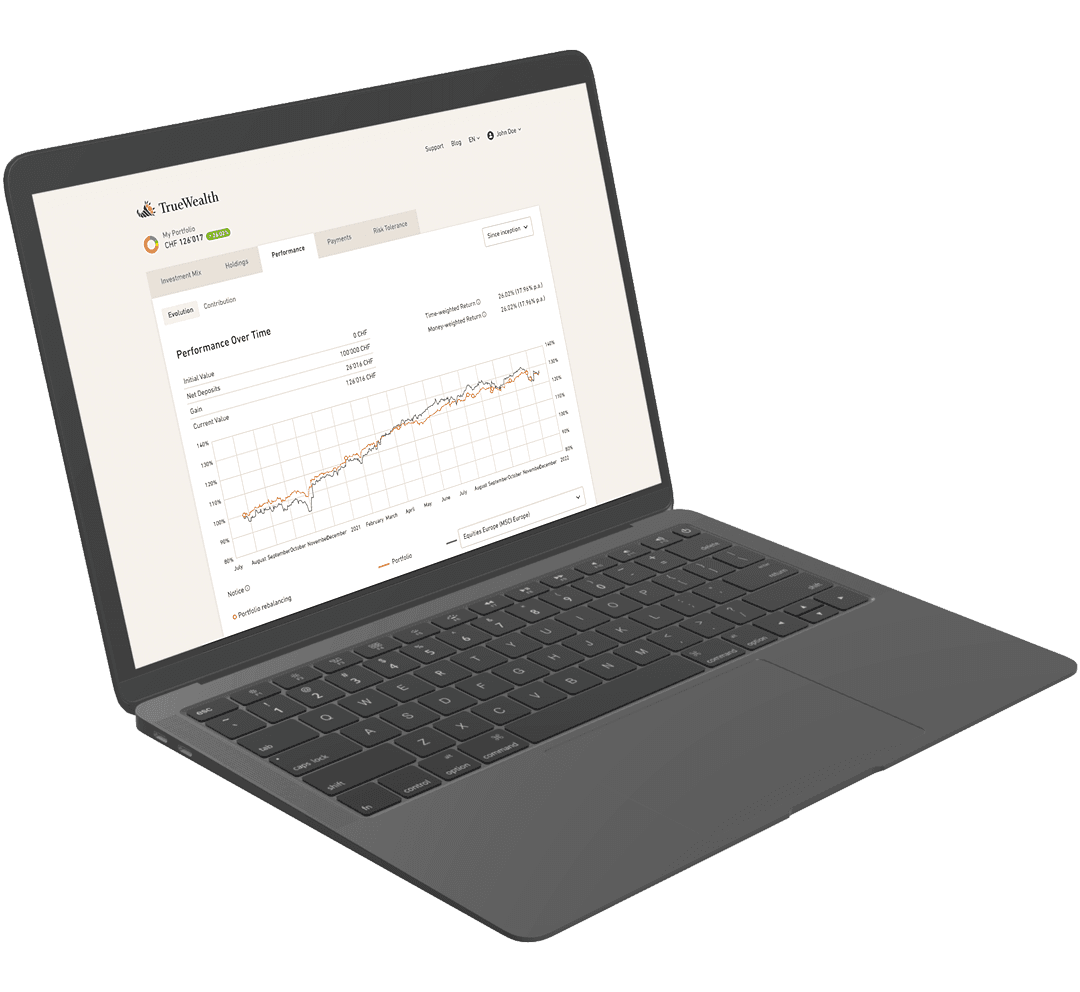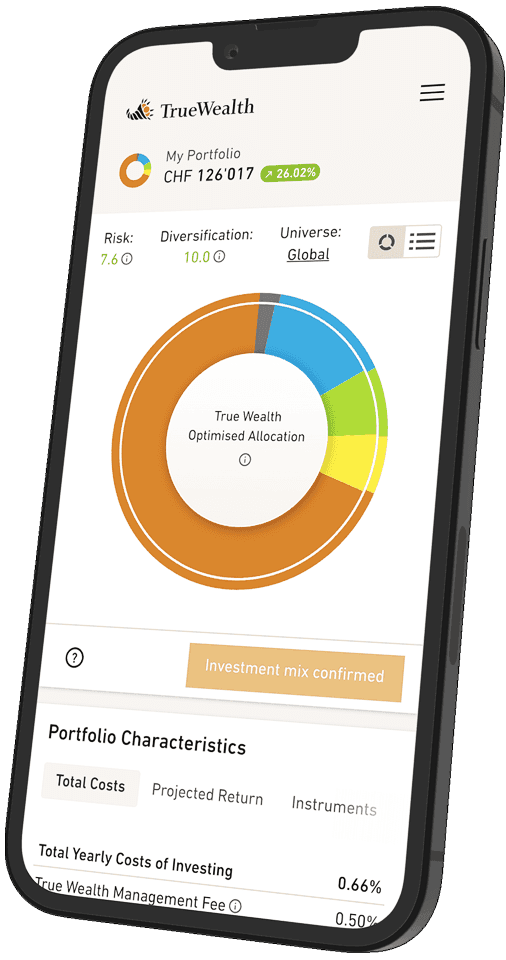#32 Distributing or accumulating ETF: which is better?
ETFs offer a simple way to invest in broad markets or specific sectors without having to buy individual securities. But when choosing an ETF, investors face an important decision: distributing or accumulating? What is the difference and which is better suited to your investment strategy?
ETFs enable you to invest in entire markets or specific sectors with a high level of diversification, even with smaller amounts. The broad diversification reduces risk without you having to deal with buying and selling individual stocks or bonds. This diversification and ease of use make ETFs a popular instrument for both beginners and experienced investors.
The two types of profit distribution for ETFs
An important decision investors need to make when selecting ETFs is the type of dividend and coupon payout: distributing or accumulating. Both have specific characteristics and can have different implications for investment strategy and objectives.
Distributing ETFs: regular capital flows
With distributing ETFs, investors receive dividends and interest in the form of regular payments directly into their account. These distributions can be used flexibly: as additional income or for reinvestment. Distributing ETFs are particularly interesting for investors who want regular income, such as those in retirement.
Accumulating ETFs: maximizing the compounding effect
Accumulating ETFs, on the other hand, automatically reinvest capital gains back into the fund. This increases the value of the ETF and the compounding effect is faster as the capital continues to work without delay. As gains are not distributed, this option is particularly suitable for investors who are looking for long-term growth and want to benefit from compounding.
You can easily find out whether an ETF is distributing or accumulating in the factsheet. Often, it can also be seen directly in the name: accumulating ETFs are labeled as «accumulating» (ACC), while distributing ETFs are labeled as «distributing» (DIST).
Tax considerations
When investing in ETFs and index funds, tax aspects should always be considered. Dividends and interest from ETFs are taxed as income in Switzerland, regardless of whether they are distributed or reinvested.
However, there is one important difference. In the case of distributing ETFs, the distributions are subject to a tax retention. For Swiss securities or ETFs domiciled in Switzerland, this is referred to as withholding tax; for ETFs domiciled abroad, it is referred to as tax at source.
A certain amount of time passes between the tax deduction in the form of the withholding tax and its reimbursement by the tax authorities, during which the money from the distributions cannot be invested. Furthermore, stamp duty may be incurred when the distributions are reinvested.
For an investor seeking capital growth, an accumulating ETF may therefore be the better choice. However, this is only one aspect when selecting an ETF.
What do we at True Wealth look for when selecting an ETF?
At True Wealth, we take care to select ETFs that are optimal in terms of costs, tax efficiency and liquidity. Depending on the asset class and market conditions, we use either distributing or accumulating ETFs. Our focus is on ensuring that the selected instruments are the most cost-efficient for our customers over the long term. Even with distributing ETFs, we ensure that income is reinvested in a timely manner through regular rebalancing.
Do you have a preference for distributing or accumulating ETFs? Please send me your opinion by e-mail.
About the author

Founder and CEO of True Wealth. After graduating from the Swiss Federal Institute of Technology (ETH) as a physicist, Felix first spent several years in Swiss industry and then four years with a major reinsurance company in portfolio management and risk modeling.

Ready to invest?
Open accountNot sure how to start? Open a test account and upgrade to a full account later.
Open test account